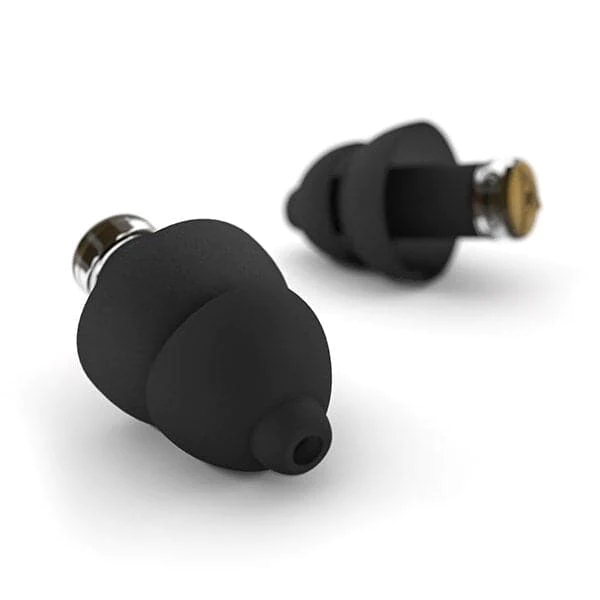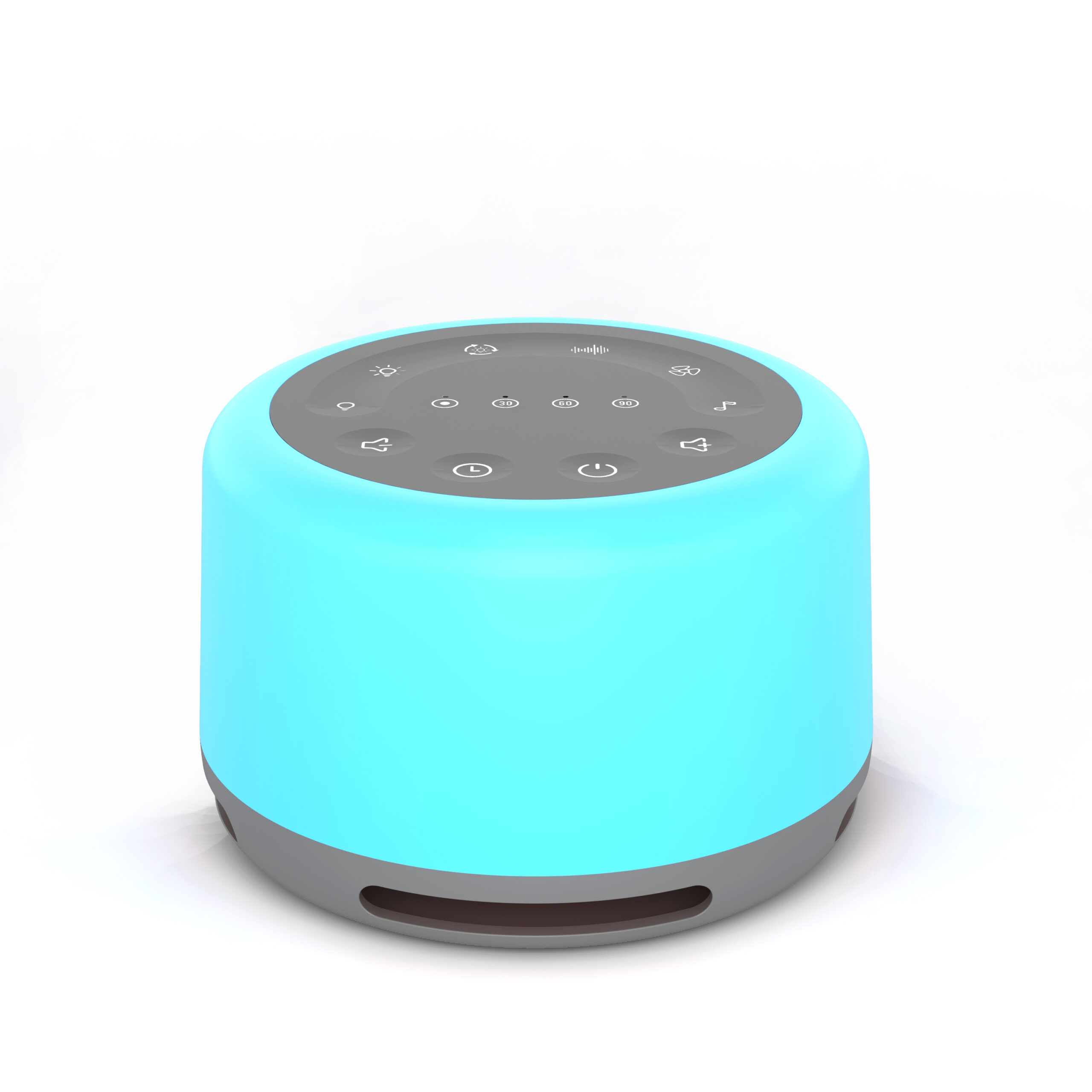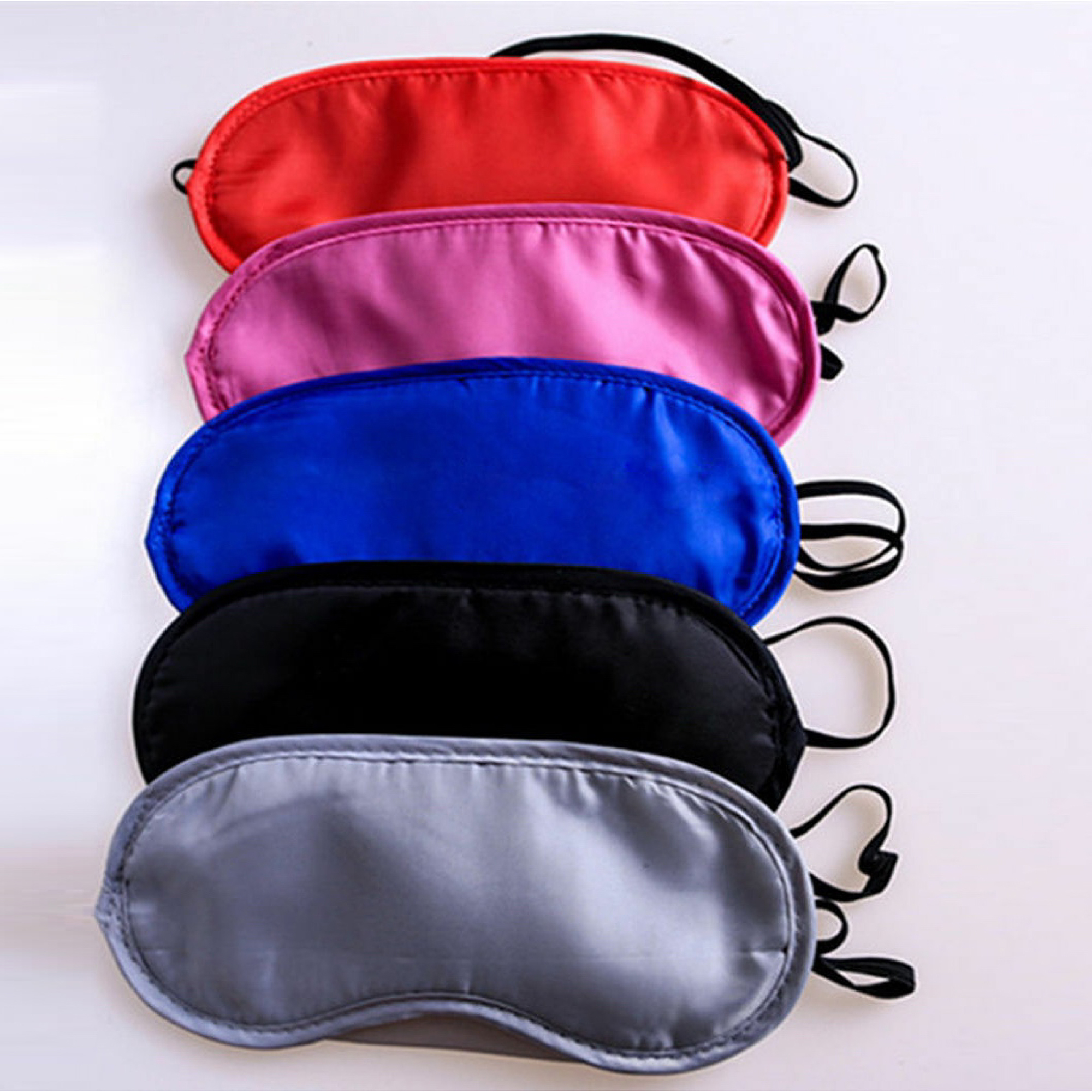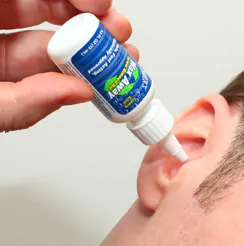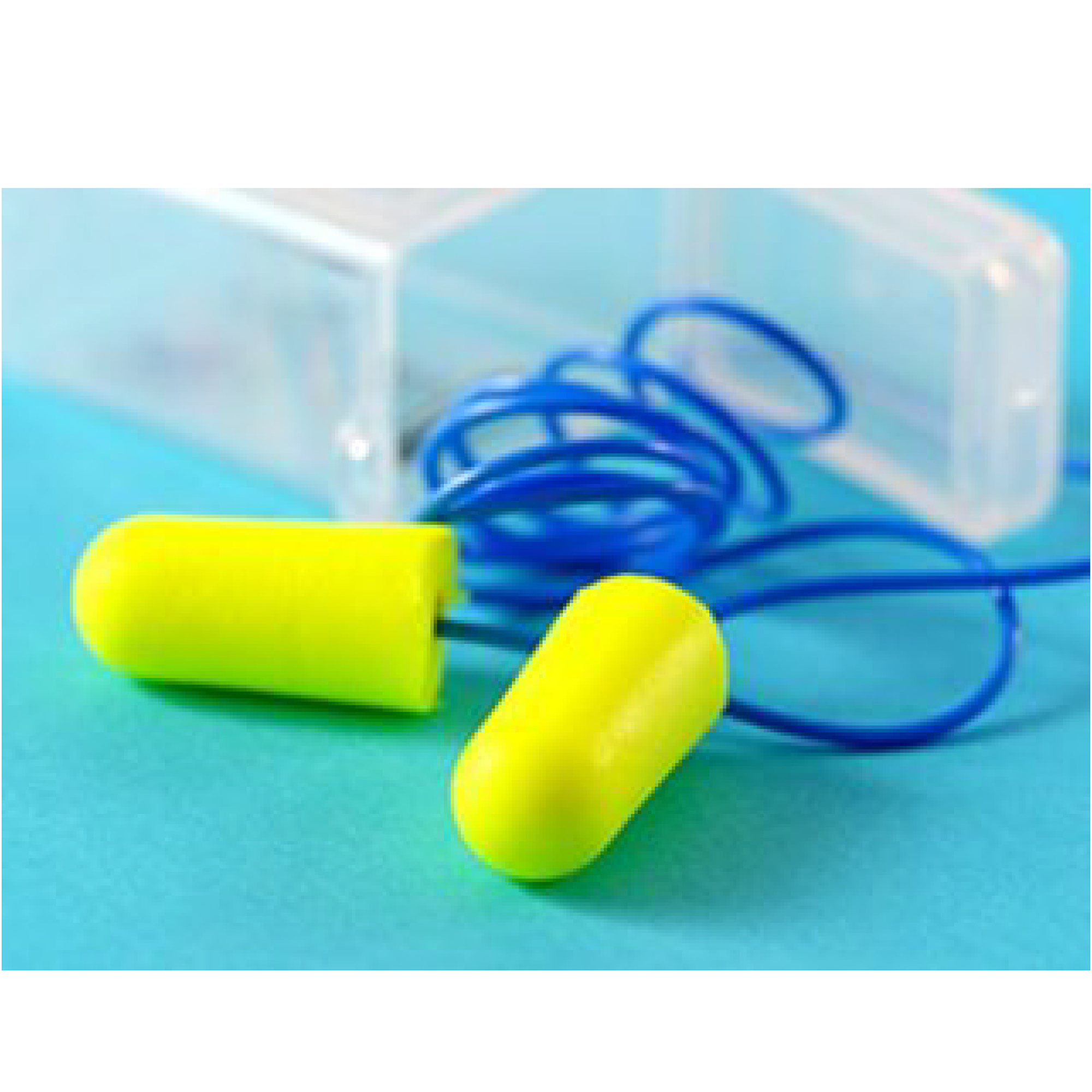Blog
Fall Asleep Quickly With Advanced Techniques
- Daniel Hastings
Table of Contents
Sleep and hunger are uncontrollable things related to human beings because the human body needs them automatically. Being an adult, you need to have a sound sleep from 7-8 hours to ensure good health. Moreover, understandably, you would want to rest and sleep well after a hectic day at your workplace. This carries different tips for sound sleep.
But various things are attached to good sleep that must be addressed before you go to bed! For instance, wearing comfortable sleepwear and having soft pillows and cushions can provide you with a lot of ease while sleeping. But there could be some extra initiative that you must ensure while you sleep.
To know more, just scroll down!
9 Must-Have Tips For Sound Sleep
The following are the tips that will help you have a better sleep.
Tip 1: Sync Your Sleep With Your Body’s Natural Rhythm
Ensure your sleep aligns with your circadian rhythm, regulating your body’s internal clock for optimal rest.
Consistent sleep-wake patterns can enhance overall well-being, supporting a healthy sleep routine and improving daytime functioning.
Tip 2: Manage Light Exposure for Better Sleep
Control your exposure to light, especially in the evening. Reduce screen time before bedtime, dim lights, and use blackout curtains to signal your body or use eye masks that it is time to wind down, promoting the production of melatonin for a more restful night’s sleep.
Tip 3: Exercise During the Day
Incorporate regular physical activity into your daily routine.
Exercise not only promotes physical health but also contributes to better sleep quality by reducing stress and anxiety, releasing endorphins, and aiding in the regulation of sleep-wake cycles.
Tip 4: Make Smart Choices About Food and Drink
Be mindful of your diet, especially close to bedtime. Avoid caffeine and heavy meals, opting for sleep-friendly snacks.
Consider herbal teas like chamomile, and hydrate appropriately. Proper nutrition can positively impact your sleep, fostering a more comfortable and undisturbed rest.
Tip 5: Optimize Your Sleep Environment
Create a conducive sleep environment by ensuring your bedroom is cool, dark, and quiet. Invest in a comfortable mattress and pillows, and remove distractions. You can also use a white noise machine.
A serene sleep space can significantly enhance the quality and duration of your sleep, promoting overall well-being.
Tip 6: Relax Before Bed to Ease Into Sleep
Establish a pre-sleep routine to unwind and signal to your body that it is time to relax.
Techniques such as deep breathing, meditation, or gentle stretching can help alleviate stress and tension, facilitating a smoother transition into a restful night’s sleep.
Tip 7: Try the Military Method for Quick Sleep
Adopt the military technique to fall asleep rapidly. This method involves specific breathing patterns and muscle relaxation to induce a state of relaxation.
Practicing and incorporating this method into your bedtime routine may assist in achieving faster sleep onset and a more efficient sleep cycle.
Tip 8: Reserve Your Bed for Sleep and Intimacy
Designate your bed for specific purposes, emphasizing sleep and intimacy. Avoid using it as a workspace or for other stimulating activities.
By associating your bed primarily with restful activities, you create a mental and physical environment conducive to better sleep and a more fulfilling, intimate life.
Tip 9: Clear Your Nose
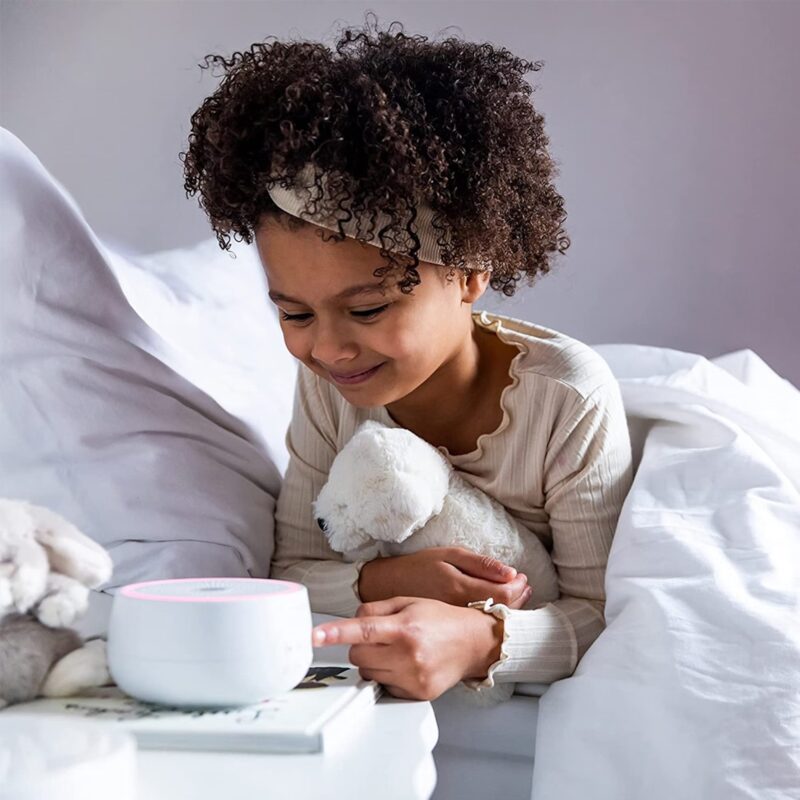
Having a clear nose is essential for getting the recommended amount of sleep! It can also cause snoring, which feels bad. So, to make it convenient, do not miss out on inhalers. It might feel odd if you have not used it before, but as you will use it regularly, it will make your life better!
A great way to achieve a clear nose is by using Nasal Breathing Devices.
How Do You Do a Body Scan to Fall Asleep?
A body scan is a relaxation technique that involves paying focused attention to different parts of your body. It often starts from your toes and moves up to your head. It is considered a helpful practice for easing into sleep by promoting physical and mental relaxation.
A step-by-step guide on how to do a body scan to fall asleep:
- Lie down comfortably and close your eyes.
- Take slow, deep breaths to initiate relaxation.
- Progressively focus on each body part from toes to head.
- Identify and consciously release tension in each muscle group.
- Maintain a steady focus on your breath throughout the scan.
- Allow your mind to drift into a state of peacefulness.
- Acknowledge distracting thoughts without judgment, returning focus to your breath or body sensations.
- Incorporate body scans into your bedtime routine for better sleep.
FAQs
Can Deep Breathing Help You Fall Asleep?
Deep and controlled breathing can aid sleep by activating the body’s relaxation response, reducing stress, and promoting tranquility, ultimately preparing for a restful night.
What Type of Breathing Helps You Fall Asleep?
Diaphragmatic or abdominal breathing is beneficial for falling asleep. Inhaling deeply through the nose, allowing the abdomen to rise, and exhaling slowly through the mouth promotes relaxation and supports the sleep process.
What Type of Exercise is Best for Sleep?
Aerobic exercises such as walking, jogging, or cycling are best for promoting sleep. These activities enhance overall sleep quality by reducing stress and anxiety, regulating sleep-wake cycles, and improving mood, contributing to a more restful night’s sleep.
Conclusion
Lack of sleep is becoming more frequent, that is why it is so important that we find ways to get good rest. Getting good quality sleep each night is essential for proper bodily functions and mental well-being.
By including some of the above sleep tips in your nightly routine, you can help ensure that your body and mind are getting the rest they need, which in turn can help lead to better overall health. Good luck!

